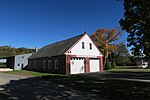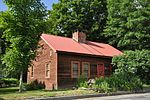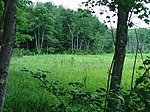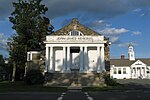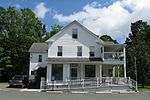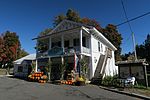Greenwood Music Camp
1933 establishments in MassachusettsBuildings and structures in Hampshire County, MassachusettsCummington, MassachusettsSummer camps in Massachusetts
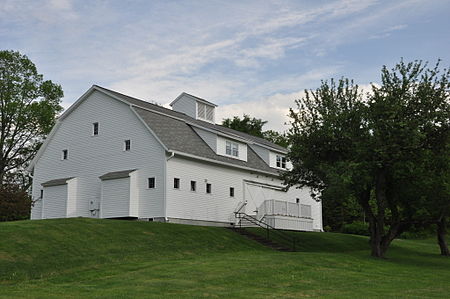
Greenwood Music Camp is a summer camp in Cummington, Massachusetts whose primary focus is chamber music. Other activities include soccer, crackabout, softball, capture the flag, a treasure hunt, charades, talent show, hikes up Mount Greylock, visits to art museums, a contra dance and a visit to the Cummington Fair, as well as sports swimming, tennis or ping-pong. Greenwood was founded in 1933 by Dorothy "Bunny" Fay Little and Ruth Hill McGregor, and moved to its current location in 1940. The senior session (up to age 18) is five weeks in July, and the junior session (up to age 13) is two weeks in August.
Excerpt from the Wikipedia article Greenwood Music Camp (License: CC BY-SA 3.0, Authors, Images).Greenwood Music Camp
Harlow Road,
Geographical coordinates (GPS) Address Nearby Places Show on map
Geographical coordinates (GPS)
| Latitude | Longitude |
|---|---|
| N 42.467008 ° | E -72.880222 ° |
Address
Greenwood Music Camp
Harlow Road
01026
Massachusetts, United States
Open on Google Maps
